5905009278528
Price Quote Get an up to date pricing and availability quote for this product. Order online or over the phone.
Quality Commitment
Serving our customers with quality and safety first.
- AS9120 Certified
- Audited supply chain
- ITAR Registered
- DDTC Registered
- HAZMAT Certified
- Customer service objectives
- Every product 100% inspected

5905-00-927-8528 Specification Set by the OEM (see RNCC code 3)
-400.0/+400.0
39.000 ohms
-5.000/+5.000
25.0
350.0
-55.0/+350.0
encapsulated
tab, solder lug
inductive
0.562in.
1.312in.
6.000in.
113.000 free air
0.328in.
radial terminal each end
81349-MIL-R-19365 specification (includes engineering type bulletins, brochures, etc., that reflect specification type data in specification format; excludes commercial catalogs, industry directories, and similar trade publications, reflecting general type data on certain environmental and performance requirements and test conditions that are shown as "typical", "average", "", etc.) .
Cross Reference Parts Part numbers that meet the specification outlined on this page and set by the OEM
Identification Item Identification Guide (IIG) and Item Name Code (INC)
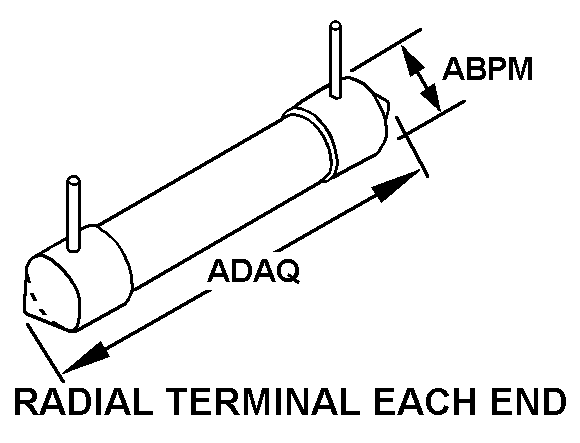
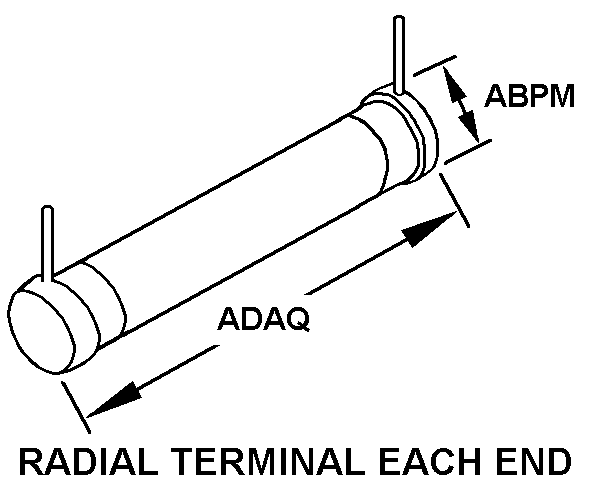
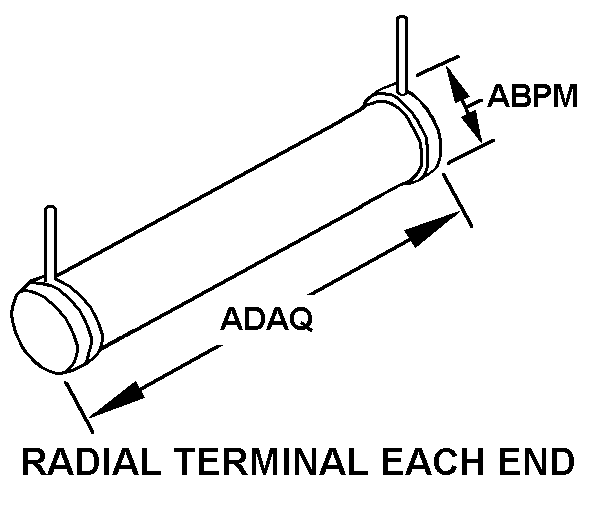
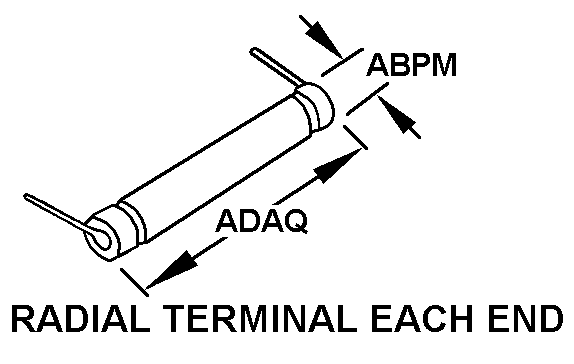
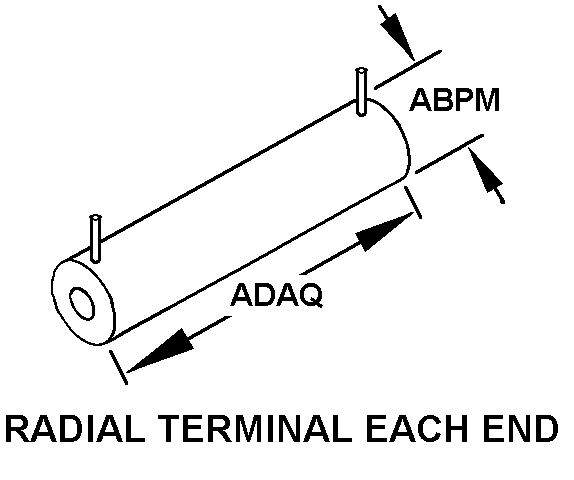

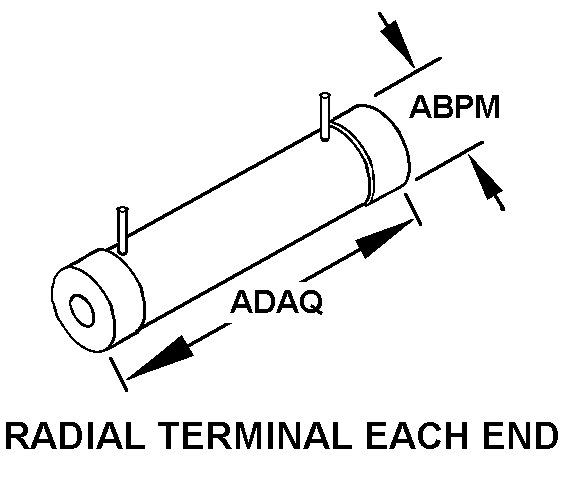
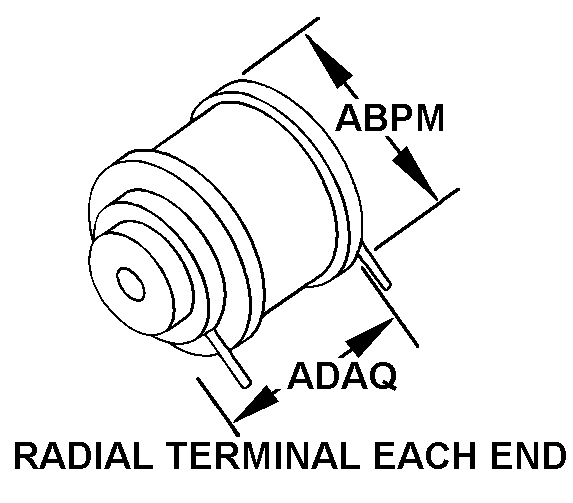

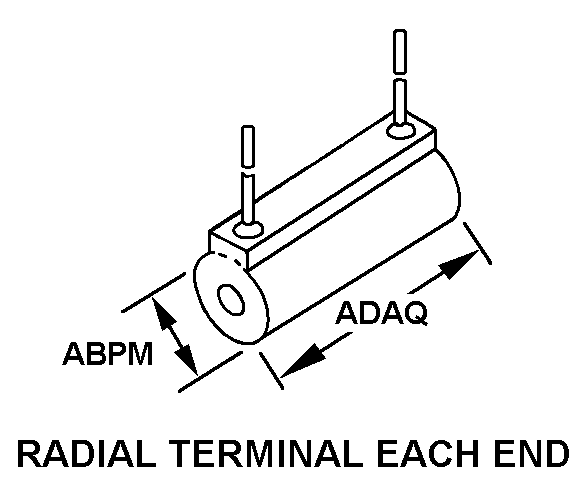
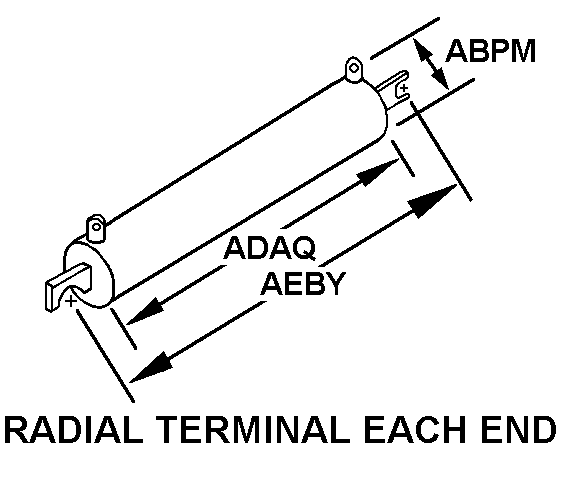
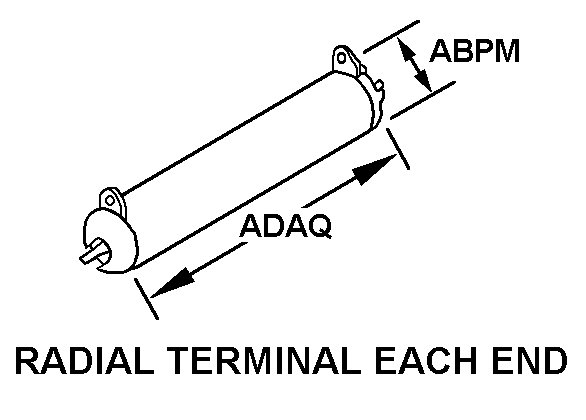
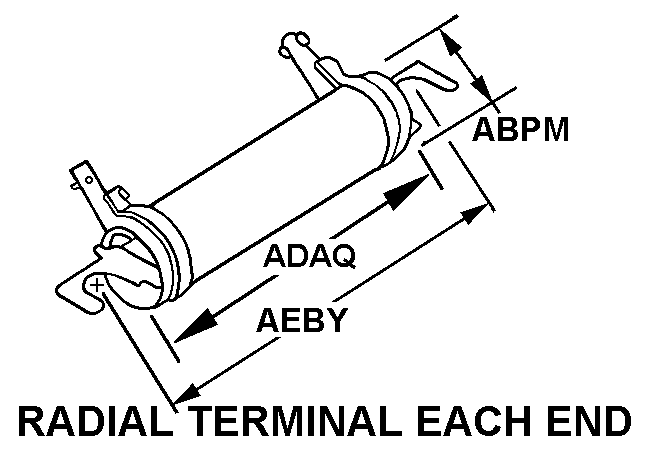
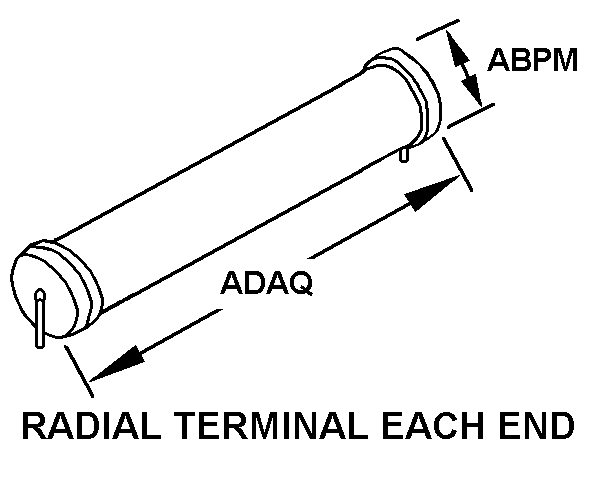
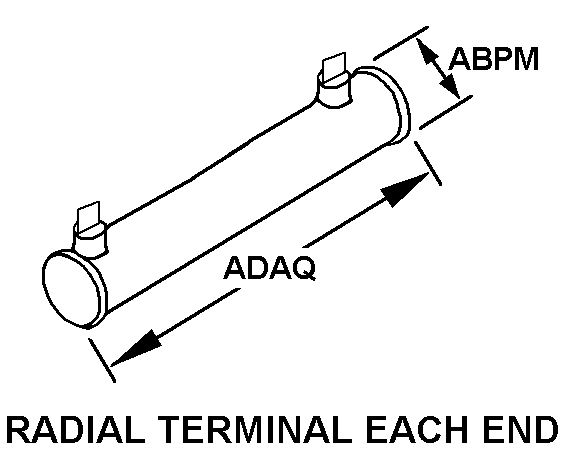
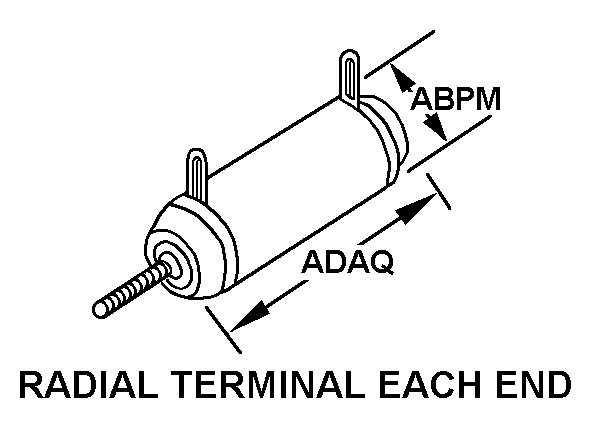
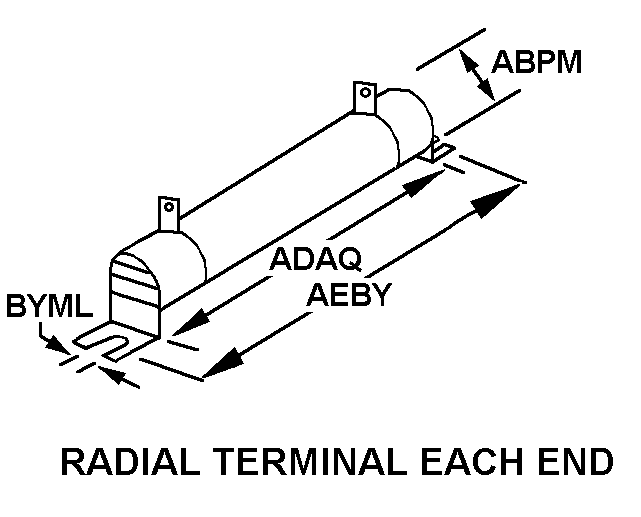
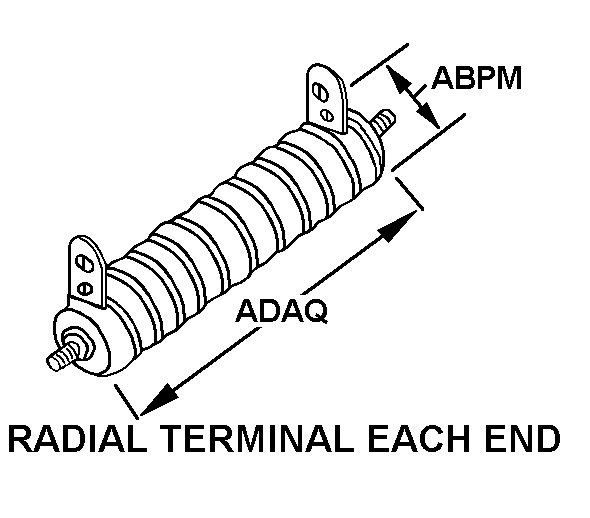


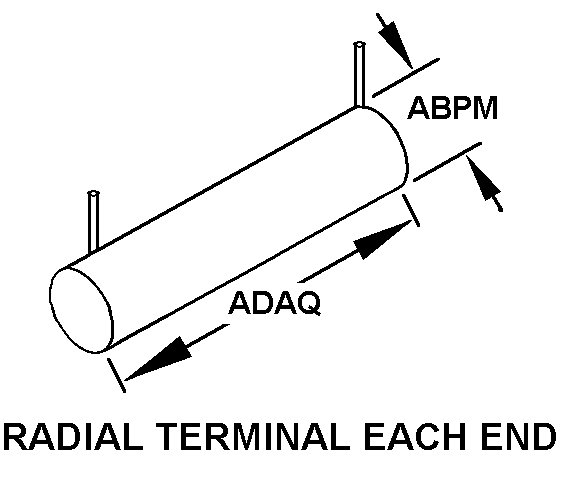
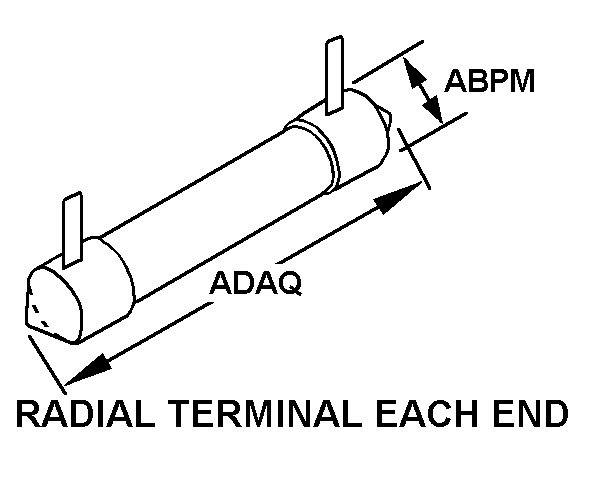

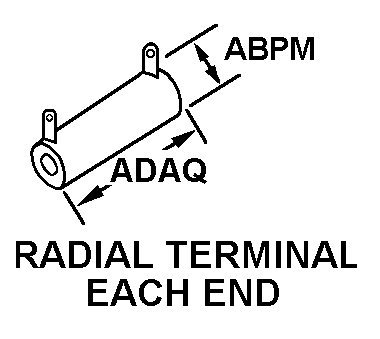
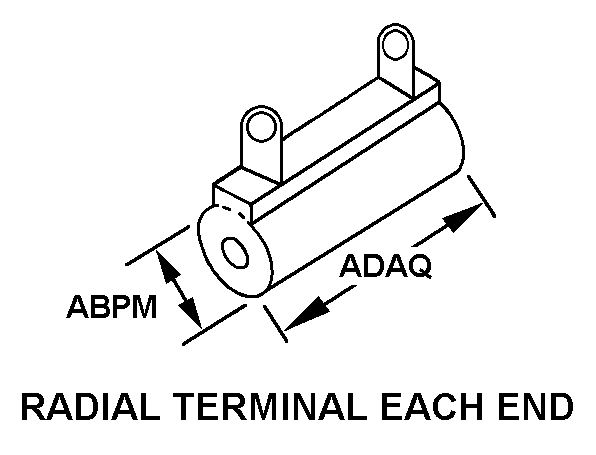
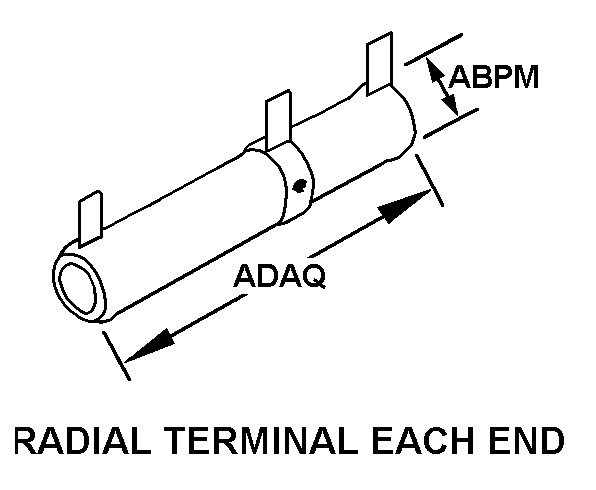

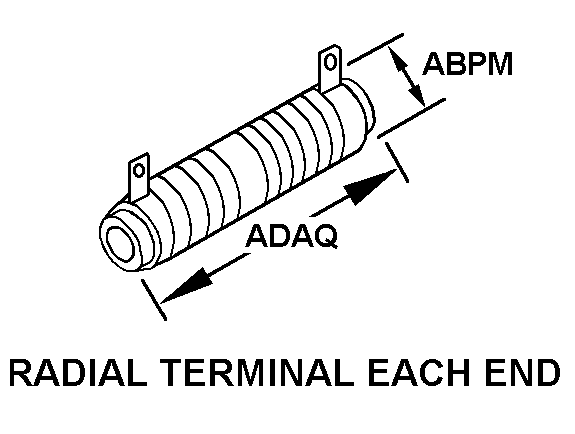
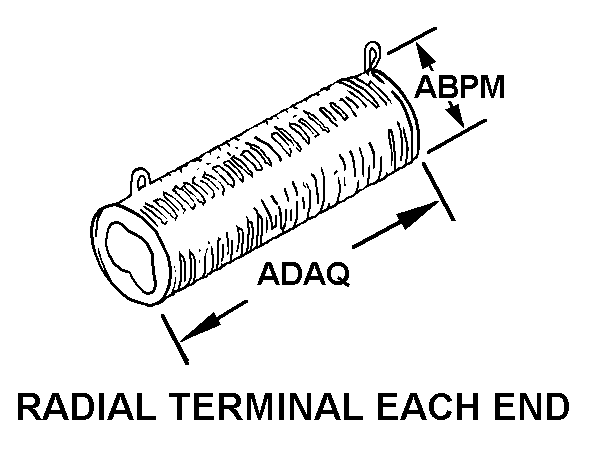
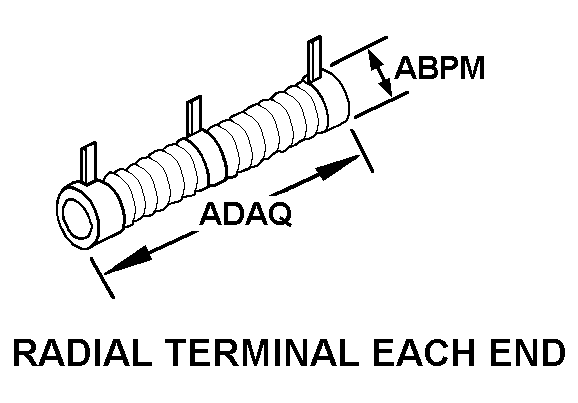
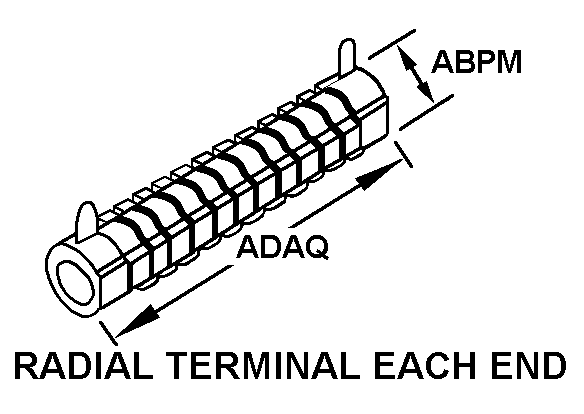
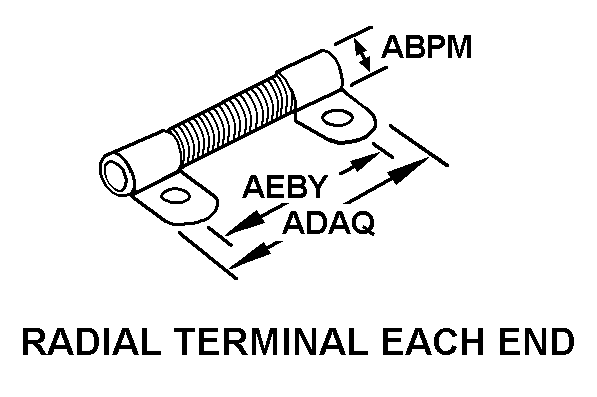

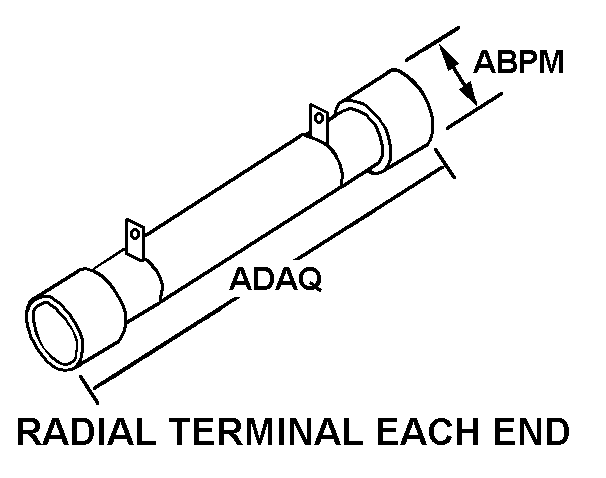

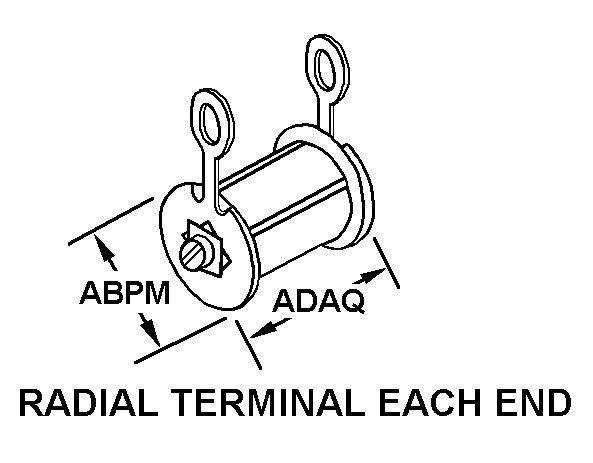
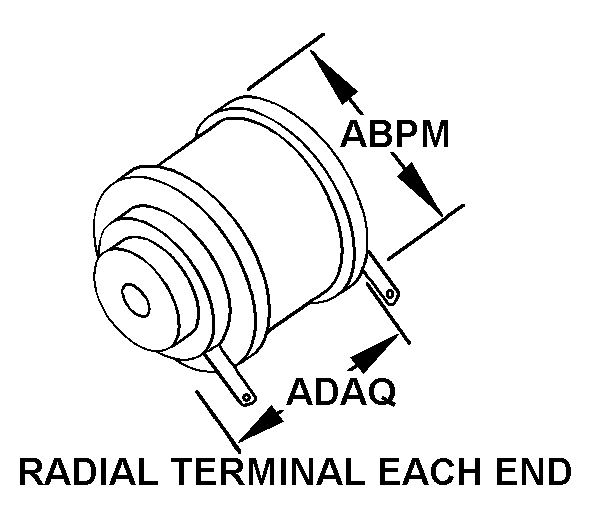

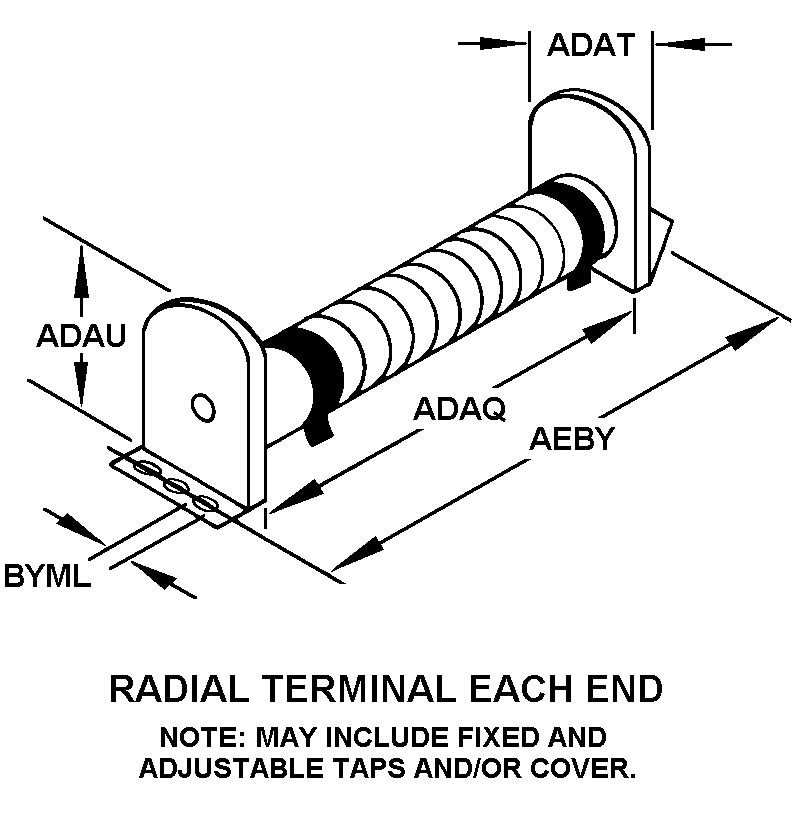

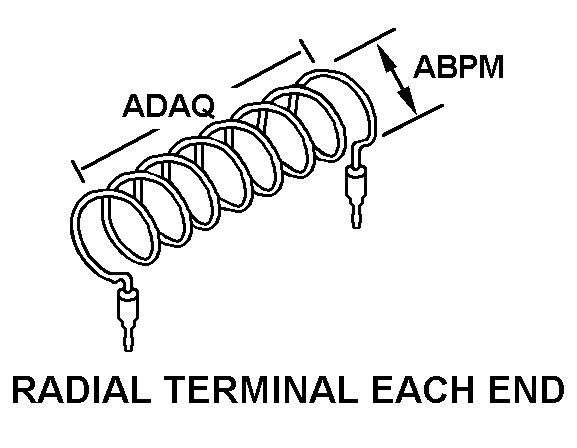
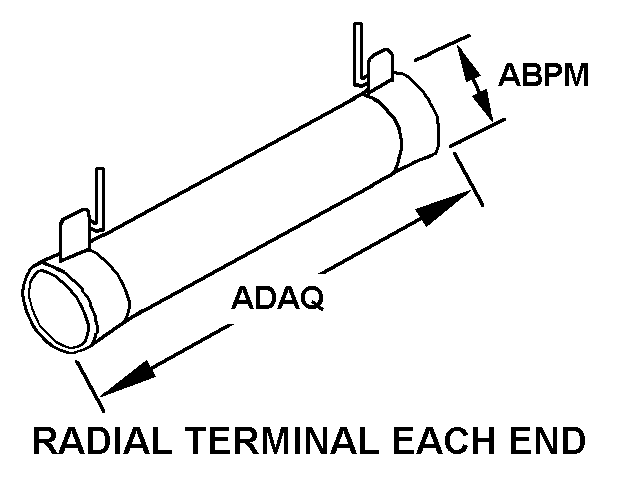
Definition Definition of approved item name (AIN): "RESISTOR,ADJUSTABLE"
A resistor whose overall ohmic value is fixed; in addition, it has one or more movable terminals which are designed to be set and fixed prior to use, to include any desired value of resistance within the range of the complete resistor. The opposition to the flow of current is an inherent property of the material used and is manifest in the heat dissipated in the item itself.
5905-00-927-8528 Material Hazmat, Precious Metals, Criticality, Enviroment, and ESD
Indicates there is no data in the hmirs and the nsn is in a fsc not generally suspected of containing hazardous materials.
Precious metal content is unknown
The item does not have a nuclear hardened feature or any other critical feature such as tolerance, fit restriction or application.
Identification Codes
HMIC: Hazardous Material Indicator Code. A one position code that identifies a hazardous item.
PMIC: Precious Metal Indicator Code. A one position code which identifies items that have precious metals as part of their content. precious metals are those metals generally considered to be uncommon, highly valuable, and relatively superior in certain properties such as resistance to corrosion and electrical conductivity.
ESD: Electrostatic Discharge. Indicates if an item is susceptible to electrostatic discharge or electromagnetic interference damage. electrostatic discharge damage occurs when an accumulation of static electricity generated by the relative motion or separation of materials is released to another item by direct contact. electromagnetic interference damage occurs when an item comes into proximity with an electrostatic or magnetic field.
ENAC: Enviromental Attribute Code. Identifies items with environmentally preferred characteristics.
CRITL: Criticality Indicator Code. Indicates an item is technically critical by tolerance, fit, application, nuclear hardness properties, or other characteristics.






